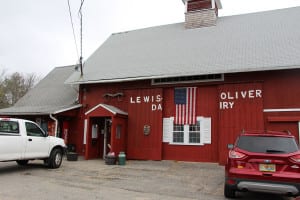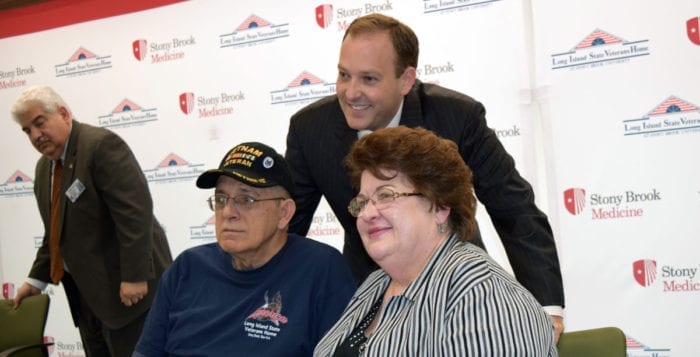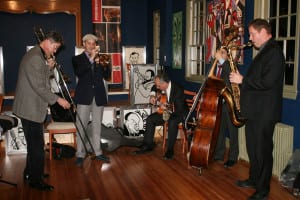Saratoga Springs had snow on the ground when I arrived at dusk for the start of the New York Press Association convention a week ago Wednesday. Coming from Long Island, where daffodils are brightly nodding at passersby, forsythia are beacons of the coming spring and buds are finally on the tips of skeletal tree limbs, I had left the world of winter behind. So it was a bit of a shock to see how far we at home had advanced.
My first workshop in the morning was a valuable one dealing with good organizational management. What’s that, you might ask? To me that means working in a corporate or nonprofit group of any kind, productively, happily and successfully. It means optimizing resources and achieving a group’s lofty goals in a way that is most satisfying both to members of the group and to its clientele. It also means innovating to embrace future change even while preserving the core of the business.
What has that to do with us at the newspapers? Stay with me and I will reveal a nice surprise.
In the past, in what we now call “the old industrial age,” the manner in which organizations ran was hierarchical, meaning from the top down in a vertical fashion. You’ve undoubtedly seen such graphics depicting the CEO at the top, followed below by the next row of managers, with further rows below them. Those workers in each row reported to the manager immediately above them, with final decisions coming down from above. That was how the company managed its decision-making and workflow.
Today the model for better management has dramatically changed. Corporate flow charts have flattened and been transformed into more of a web than a ladder. The group chart is horizontal rather than vertical, perhaps influenced by the internet. Employees at all levels of a company or group are vested in the decision-making process, to the greater success and satisfaction of personnel making the product or performing the service and its quality for the end user.
That is optimal organizational management today, led by Silicon Valley high technology companies in the larger corporate world, who took away titles, reserved parking places and physical partitions, and created the sense of equal participation and valued input that constantly push toward change while still maintaining the traditional business.
So now for the nice surprise.
We at Times Beacon Record News Media, celebrating our 40th anniversary this month, have always run the business as a web rather than a ladder. Why? Because the people who have worked here, a great many of whom are still with us, have been respected for their talent and commitment and encouraged to offer their best ideas, concerns and input. We have been very lucky with the type of person who chooses to work with us, and we are most appreciative of our good fortune in that regard.
Now comes the best part. While we have had many talented men working here, and we still do, we are nonetheless an organization with a majority of women. And I learned in business school, many years ago, that webs rather than ladders are instinctively more typical of women. Along with the networking concept go ideas like job sharing in order to combine work and also manage sick children, flexible hours, working at home and being innovative in order to do more in less time. The final products, which is what our work is about, have been stellar.
In the early years, when a couple of experienced older men had joined our sales team, they were deeply puzzled by our management style. “Just tell us what you want us to do, and we’ll go out and do it,” they urged more than once at our ideas-generating meetings. They came from the old school in believing that dictatorship is the most efficient form of management, as I suppose it is.
By the time I left Saratoga Springs Sunday morning, the snow had disappeared. I could hear a bird singing through my open car window, and against the blue sky, I believe I caught sight of a few tiny buds on trees limbs. Sometimes it just takes a little extra time for different parts of the world to catch up.


















